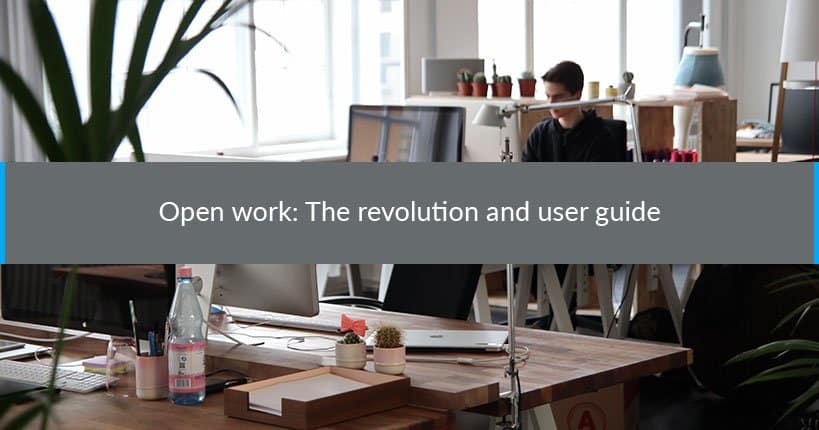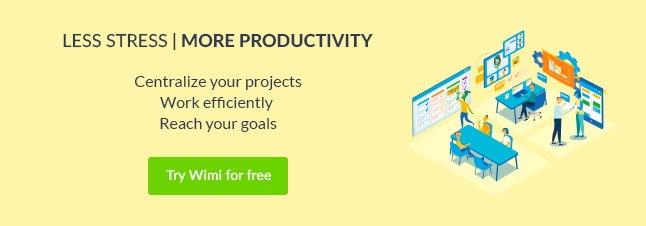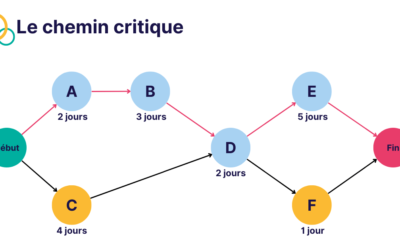In the ‘digital transformation’, it is not the technological challenge that companies face but the real cultural revolution. Due to the rapid changes impacting our society, jobs, services and products, companies must review in depth their work culture.In an environment where humans and technology are hyperlinked, it is no longer possible to stay competitive with the inherited managerial model from last century.
A model that is still valid, at its best, is the ‘Management by Objectives” theorised by Peter Drucker in 1954. In this vertical vision, objectives are listed from top-down in the organisation, with tasks attributed, executed and controlled. This is the role of management.
Nowadays uncertainty, both positive (bringing exceptional opportunities) and risky, is present in all sectors. As a result, the vertical model, which can’t mobilise collective intelligence, makes an organisation slow and inefficient.
It has become urgent to adapt, as illustrated by the evolution of intra-sectoral productivity differentials. In 2001, a company from the first decile was twice as productive as a company that had an average performance. The gap has widened and is now more than 1 to 4. The “normal” companies are dropping out.
The highest performing companies adopt an open working model, which aims to mobilise, orientate and add value to human capital. Recently, Paul Romer was awarded the Economic Nobel Prize for recalling that today the most important productivity factor is human capital. A company’s performance, results from the way in which knowledge circulates and smartly combines through millions of activities.
In practice, how can we set up an open working culture?
The vertical dimension is diminished, recentered around the company vision and the essential control functions, whilst the horizontal dimension becomes preponderant: all the activities (outside of the automated process) are led in project mode, by the teams who manage the margins of liberty to organise, exchange and produce.
By adopting the open work model a company becomes capable of quickly seizing opportunities, redefining permanently their offers and navigating with agility in the middle of uncertainty.
How to succeed in the cultural revolution with an open work model?
Two Tips
First tip: Collaborative technology. In order to liberate human capital, firstly you have to remove the obstacles by ensuring a instant data access, a consistent flow of communication at the heart of a team, active distribution of tasks, synchronisation rhythms, cross-functional services, the transversality between services, location and countries becoming the norm. This can all be achieved thanks to collaborative platforms. Technology must resolve the challenge of complexity. Each employee must be implicated in 5 projects on average, this represents how large companies work on hundreds of thousands of projects in parallel making it impossible to organise and facilitate with first generation tools: emails, file servers and smartphones.
Yet technology is coming of age. After the second generation’s digital tools, user-friendly but sometimes fragmented types of content; the third generation is finally ready to adopt an open work model. The initiator of a project creates a digital space comparable to a virtual building that centralises all the activities linked to a project in one place: filtering access, hosting meetings and discussions, centralising tasks, documents and digital flows. We are freeing ourselves from both geographical and functional barriers. Teams gain their freedom; as companies become efficient and transparent.
Second Tip: Revolutions are instigated from below. Who will be the “subversive agents”? The millennials are restive to the traditional model. Therefore the youth, accustomed to a digital world, are enthusiastic if they are given a meaningful vision and the means to contribute to a team.
With these two tips combined you can succeed with an open work model in the cultural revolution. Profit from new projects by no longer implementing the traditional methods, such as emails and meetings, but by creating a digital, collaborative space dedicated to projects and trusting young talents to enable each project. Have confidence in them and allow them to centralise all the digital flows and planning. Soon even the managers who are reluctant to change will contribute by adopting a vision in favor of the open work model. The open model is appealing and it will expand. It is then that the expression ‘digital transformation’ will have taken on it’s full meaning.









